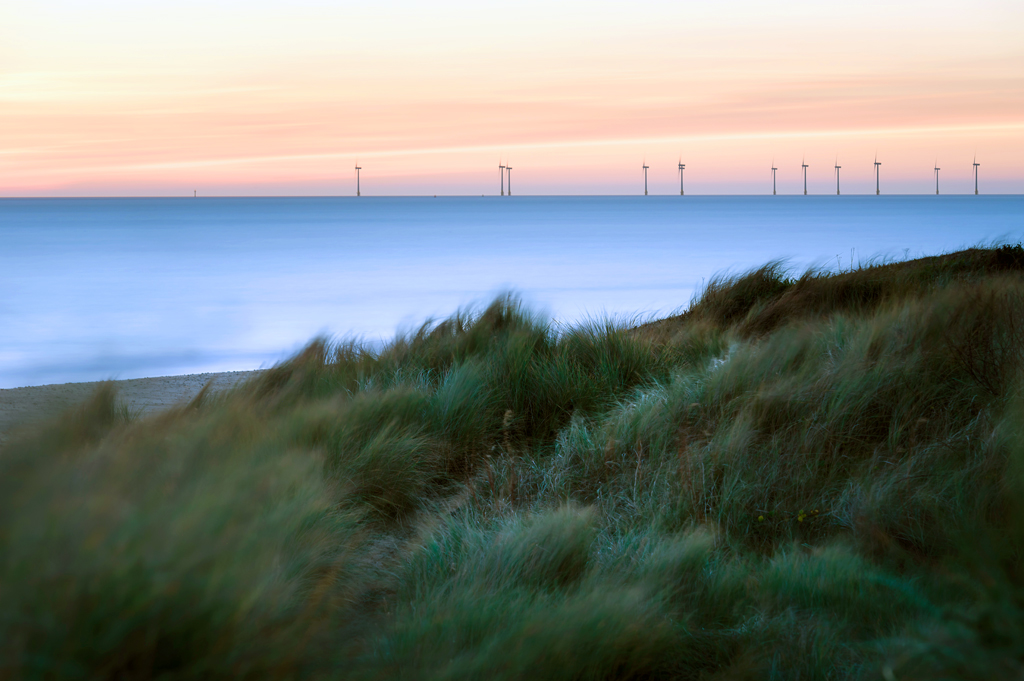Norfolk is well known for its vibrant wildlife. So it’s no wonder you can find many fantastic nature reserves near Great Yarmouth. Why not explore some of them during your stay?
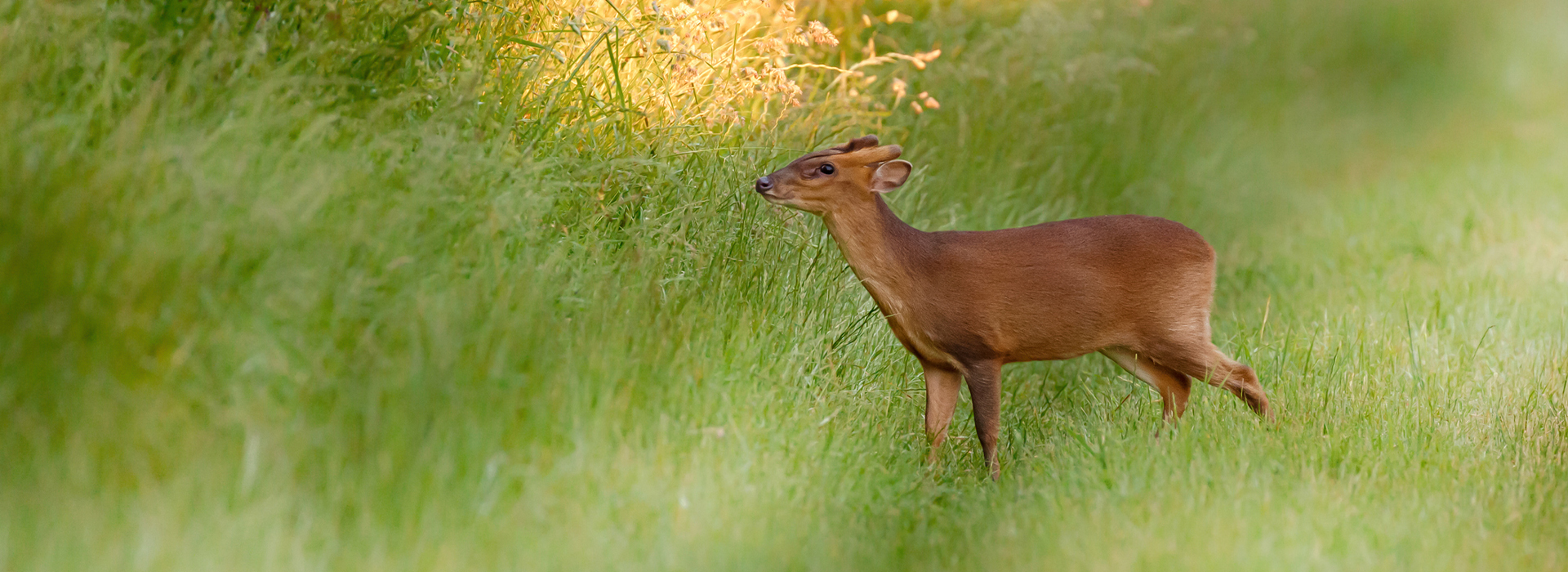
Top nature reserves near Great Yarmouth
This reserve includes Barton Broad, the second largest of the Norfolk Broads, which is the result of medieval peat digging. Barton Broad is surrounded by reed swamp. Reed swamp is rich in wildlife. Be prepared to spot many different types of wildfowl, such as the gadwall, tufted duck, and teal. You might also catch a glimpse of Britain’s largest butterfly, the swallowtail, as well as a range of other insects. If you’re really lucky, you might even spot the ever-elusive otter.
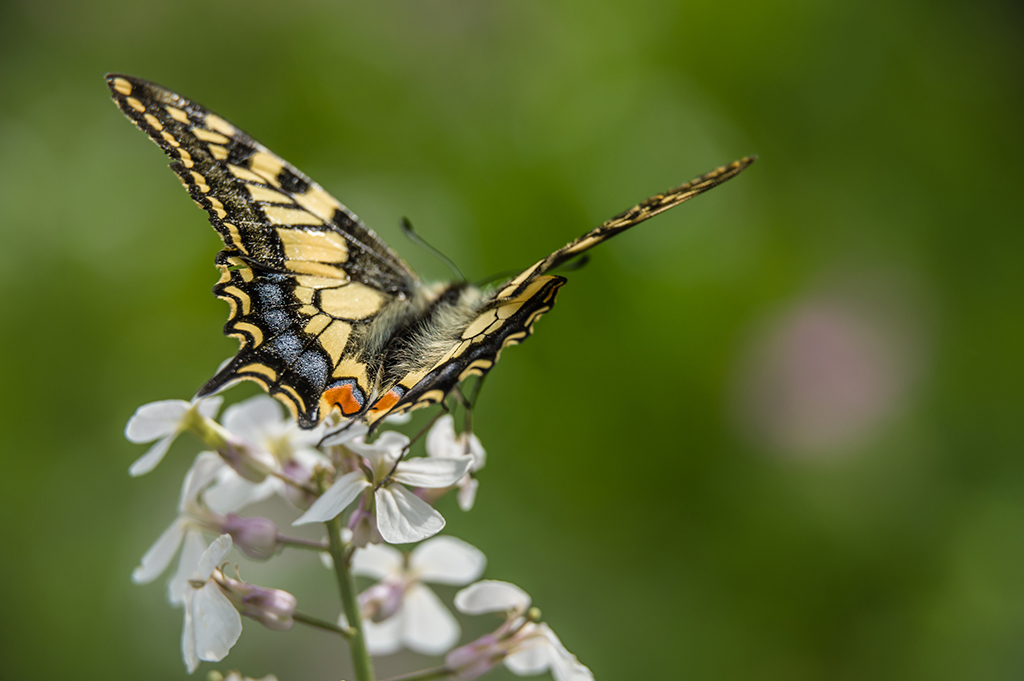
Hickling Broad is the largest broad in Norfolk. With a range of trails and boat tours from the Norfolk Wildlife Trust, it’s a great place to spend a day out. Hickling Broad has a high population of the common crane, bittern, marsh harrier, and bearded tit. You’re also almost guaranteed to see a barn owl, and (if you’re lucky) some Chinese water deer and otters.
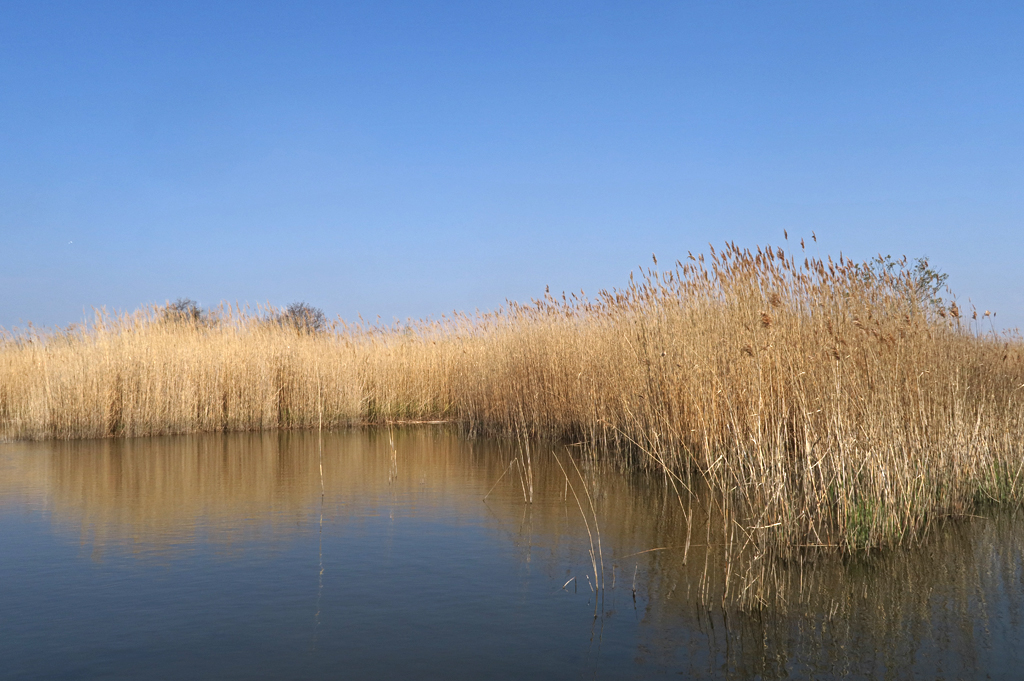
The How Hill Trust is renowned for its educational focus on the Norfolk environment. How Hill consists of How Hill House, beautiful gardens, wetlands, and woodlands. It is situated beside the river Ant. How Hill hosts a variety of tours and other activities, including roof thatching, treasure trails, and outdoor games. Check out their website for their latest offering.
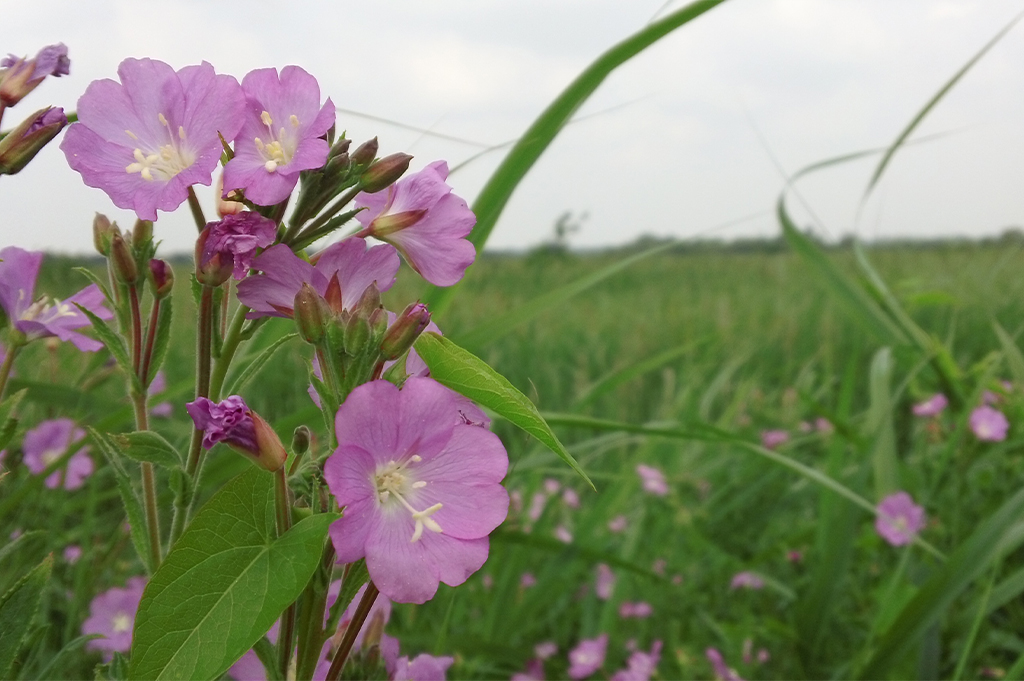
This is another fantastic place to go wildlife spotting. The Martham Broad Nature Reserve is home to an array of birds, including the common tern, bittern, and marsh harrier. The common crane can also be seen flying over the Broad. A circular walk takes you around the Broad, allowing you to get a 360 degree picture of the wildlife in this area. If you’re hoping to spot otters, the Martham Broad should be at the top of your list as this creature has been spotted here regularly.

Winterton is home to a striking dune and heath landscape. This reserve is regarded as internationally important due to the rare groups of plants and animals that call Winterton their home. Dunes are uncommon in England and are a great opportunity to see some rare wildlife. Be careful though – the dunes are home to adders, who might be hiding in rough vegetation. There are many rare insects to be seen, including damselflies and a variety of butterflies. The freshwater pools in between the dunes are home to natterjack toads, and you can occasionally see seals along the coast.
